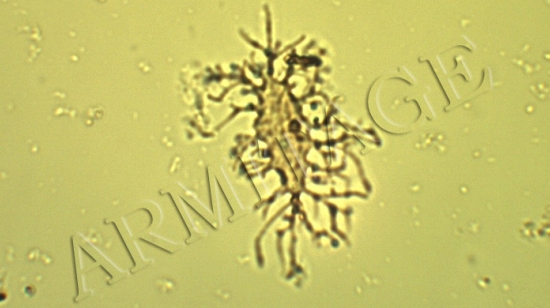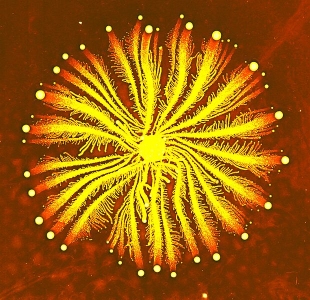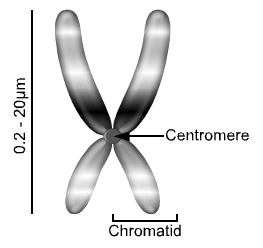
If you follow young-earth creationism at all, you probably know about Mark Armitage. In 2013, he and Kevin Anderson wrote a paper in which they imaged soft bone cells from a dinosaur fossil that is supposedly 65 million years old. This challenges the old-earth dogma pronounced by the High Priests of Science, and Armitage was happy to discuss that fact with students at the university where he worked. However, to teach such heresy is an excommunicable offense, so the Inquisition fired him from his university position. He eventually won a lawsuit against them.
Despite the hard work of the Inquisition, Armitage is still investigating his amazing discovery. A couple of years ago, for example, a sample of the fossil was analyzed for carbon-14 content. If it really is 65 million years old, there should be no carbon-14 in the fossil. Nevertheless, carbon-14 was found. Of course, there is always the chance that the carbon-14 is the result of contamination, but combined with the presence of soft bone cells, it seems obvious to me that the fossil is significantly younger than 65 million years!
Somehow, I missed the latest update on Armitage’s incredible work. In the January, 2016 issue of Microscopy Today, he published more results from his painstaking analysis, and they are truly amazing.
Continue reading “Scientist Isolates Individual Dinosaur Cells!”









